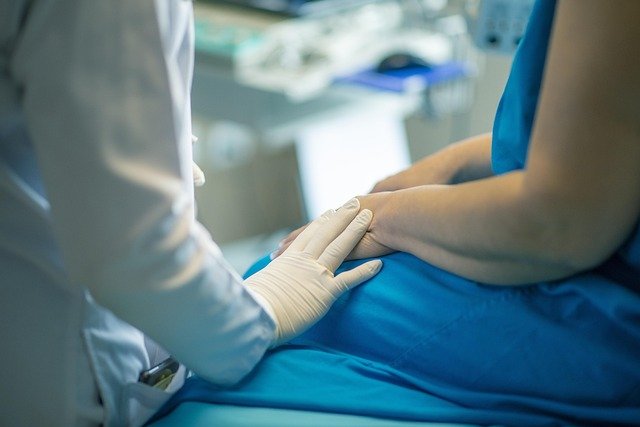Understanding Rhinoplasty: What You Need to Know About Nose Surgery
Rhinoplasty, commonly known as a "nose job," is a surgical procedure that reshapes or resizes the nose. This popular cosmetic surgery can improve the appearance of the nose, enhance facial harmony, and even address breathing difficulties. Whether you're considering rhinoplasty for aesthetic reasons or to correct a medical issue, it's essential to understand the procedure, its benefits, and what to expect during recovery.

Why do people choose to undergo rhinoplasty?
There are numerous reasons why individuals opt for rhinoplasty. Some seek to improve their appearance and boost self-confidence by addressing aesthetic concerns such as a crooked nose, a bulbous tip, or disproportionate size. Others pursue the surgery to correct functional issues like a deviated septum, which can cause breathing difficulties. In some cases, rhinoplasty may be recommended to repair nasal injuries or birth defects that affect both form and function.
What should you expect during the rhinoplasty process?
The rhinoplasty journey begins with a consultation at a reputable clinic or hospital. During this initial meeting, you’ll discuss your goals with the surgeon, who will evaluate your nose structure and overall facial features. They may use computer imaging to show potential results. If you decide to proceed, you’ll schedule the surgery and receive pre-operative instructions.
On the day of the procedure, you’ll typically receive general anesthesia. The surgery itself usually takes between one to three hours, depending on the complexity of the case. Most rhinoplasties are performed as outpatient procedures, meaning you can go home the same day. However, you’ll need someone to drive you and stay with you for the first 24 hours post-surgery.
How long is the recovery period after rhinoplasty?
Recovery from rhinoplasty is a gradual process. Immediately after surgery, you’ll have a splint on your nose and possibly internal packing. Swelling and bruising around the eyes and nose are common and typically peak within the first few days. Most patients can return to work or school within one to two weeks, but it’s crucial to avoid strenuous activities for several weeks.
While you’ll see initial improvements once the splint is removed (usually after about a week), it’s important to understand that the final results of rhinoplasty can take up to a year to fully manifest. During this time, subtle changes in swelling will continue to refine the shape of your nose.
What are the potential risks and complications of rhinoplasty?
As with any surgical procedure, rhinoplasty carries some risks. These can include infection, bleeding, adverse reactions to anesthesia, and unsatisfactory aesthetic results. In rare cases, patients may experience breathing difficulties or a change in their sense of smell. It’s crucial to choose a board-certified plastic surgeon with extensive experience in rhinoplasty to minimize these risks.
How much does rhinoplasty typically cost?
The cost of rhinoplasty can vary widely depending on factors such as the surgeon’s expertise, the complexity of the procedure, and the geographic location of the clinic or hospital. Here’s a general overview of rhinoplasty costs in different settings:
| Provider Type | Average Cost Range | Notes |
|---|---|---|
| Private Clinic | $5,000 - $15,000 | Typically not covered by insurance for cosmetic purposes |
| Hospital | $6,000 - $20,000 | May be partially covered if medically necessary |
| Teaching Hospital | $4,000 - $12,000 | Often less expensive due to training programs |
Prices, rates, or cost estimates mentioned in this article are based on the latest available information but may change over time. Independent research is advised before making financial decisions.
It’s important to note that these figures are estimates and can vary significantly. Some surgeons may charge more based on their reputation and experience. Additionally, the total cost often includes fees for anesthesia, facility use, and follow-up care. When considering rhinoplasty, it’s crucial to prioritize the surgeon’s qualifications and the quality of care over price alone.
Rhinoplasty is a complex and highly personalized procedure that can significantly impact both your appearance and quality of life. Whether you’re seeking to enhance your facial harmony or improve your breathing, it’s essential to approach the decision with thorough research and realistic expectations. By choosing a skilled surgeon and following their guidance throughout the process, you can maximize your chances of achieving a satisfying outcome that complements your natural features and boosts your confidence.
This article is for informational purposes only and should not be considered medical advice. Please consult a qualified healthcare professional for personalized guidance and treatment.






